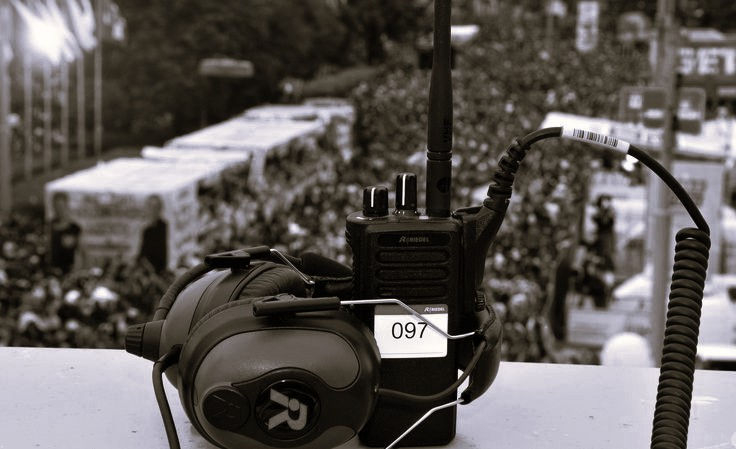The Role of Executive Protection in Events and Public Appearances
- PPSGroup
- Mar 8
- 3 min read
Updated: Jul 23
In an era where visibility is both a strategic asset and a potential vulnerability, executive protection has evolved into a critical function for high-profile leaders, dignitaries, and public figures. Especially in globally connected markets like the UAE, where major conferences, business forums, and cultural events are a regular fixture, the need for discreet yet effective personal security is more vital than ever.

Gone are the days of stereotypical bodyguards in dark suits. Today’s executive protection is a sophisticated fusion of strategic planning, risk analysis, and unobtrusive presence, enabling principals to operate safely and confidently in public-facing roles.
Pre-Event Planning and Risk Assessment
Effective executive protection begins long before an event takes place. Security professionals conduct in-depth planning that includes location scouting, venue assessments, and logistical coordination. Every route in and out of the venue is mapped, contingency plans are established, and comprehensive threat assessments are developed.
These assessments consider multiple variables: the nature of the event, the visibility of the principal, the current geopolitical landscape, and the expected audience. In the UAE—where venues range from luxury hotels and corporate towers to convention centres and cultural landmarks—collaboration with local venue security is essential to ensure seamless integration without disrupting the guest experience.
Navigating the UAE’s Unique Security Landscape
While the UAE is recognized for its exceptional public safety and low crime rates, the country also plays host to an extraordinary concentration of high-net-worth individuals, global leaders, and corporate influencers. This creates a unique operating environment that demands more than just general security expertise.
Executive protection in the UAE requires a deep understanding of local customs, cultural expectations, and legal frameworks. What’s acceptable or effective in Western countries may be inappropriate or ineffective in the Gulf region. Experienced protection teams in Dubai, Abu Dhabi, and beyond are often multilingual, culturally fluent, and trained to blend into elite business and social environments while maintaining a constant state of alertness.
Leveraging Technology for Discreet Security
Modern executive protection professionals make use of advanced technology to remain efficient, agile, and unobtrusive. Encrypted communications systems allow for real-time coordination across teams, even in large or crowded venues. Counter-surveillance tools help detect unauthorized monitoring or data leaks—particularly important for executives managing sensitive business negotiations or proprietary information.
In the UAE’s tech-forward cities, where digital innovation intersects with high-profile living, protection teams often integrate with venue systems to monitor access points, manage real-time surveillance feeds, and respond swiftly to evolving conditions—all without compromising the guest experience.
Balancing Security with Public Perception
Today’s executives must not only be protected—they must remain approachable, professional, and present. This delicate balance is where executive protection truly becomes an art form. Especially in the UAE’s relationship-driven business culture, where in-person interaction is highly valued, security must support—rather than obstruct—authentic engagement.
Protection teams are trained to manage press interactions, fan encounters, and unplanned approach attempts in a manner that preserves both safety and the principal’s public image. The goal is always the same: ensure security, maintain privacy, and enable the principal to interact meaningfully without unnecessary restriction.
The Professionals Behind the Scenes
Elite executive protection teams are made up of individuals with diverse and highly specialized backgrounds, often in military, law enforcement, or intelligence. But beyond physical protection, they bring a wide range of soft skills—threat assessment, behavioural analysis, and conflict de-escalation, among others.
These professionals are selected not just for their tactical readiness, but for their ability to assess environments in real time, adapt discreetly, and make quick, sound decisions under pressure.
Conclusion: Empowering Safe and Effective Public Engagement
In today’s high-stakes public arena, executive protection is about far more than guarding a VIP. It’s about empowering leaders to engage confidently, travel safely, and appear publicly without compromising their well-being or their image.
Especially in dynamic markets like the UAE, where global visibility is both a hallmark and a risk, executive protection services are a strategic necessity—delivered with precision, discretion, and deep respect for the local context.





Comments